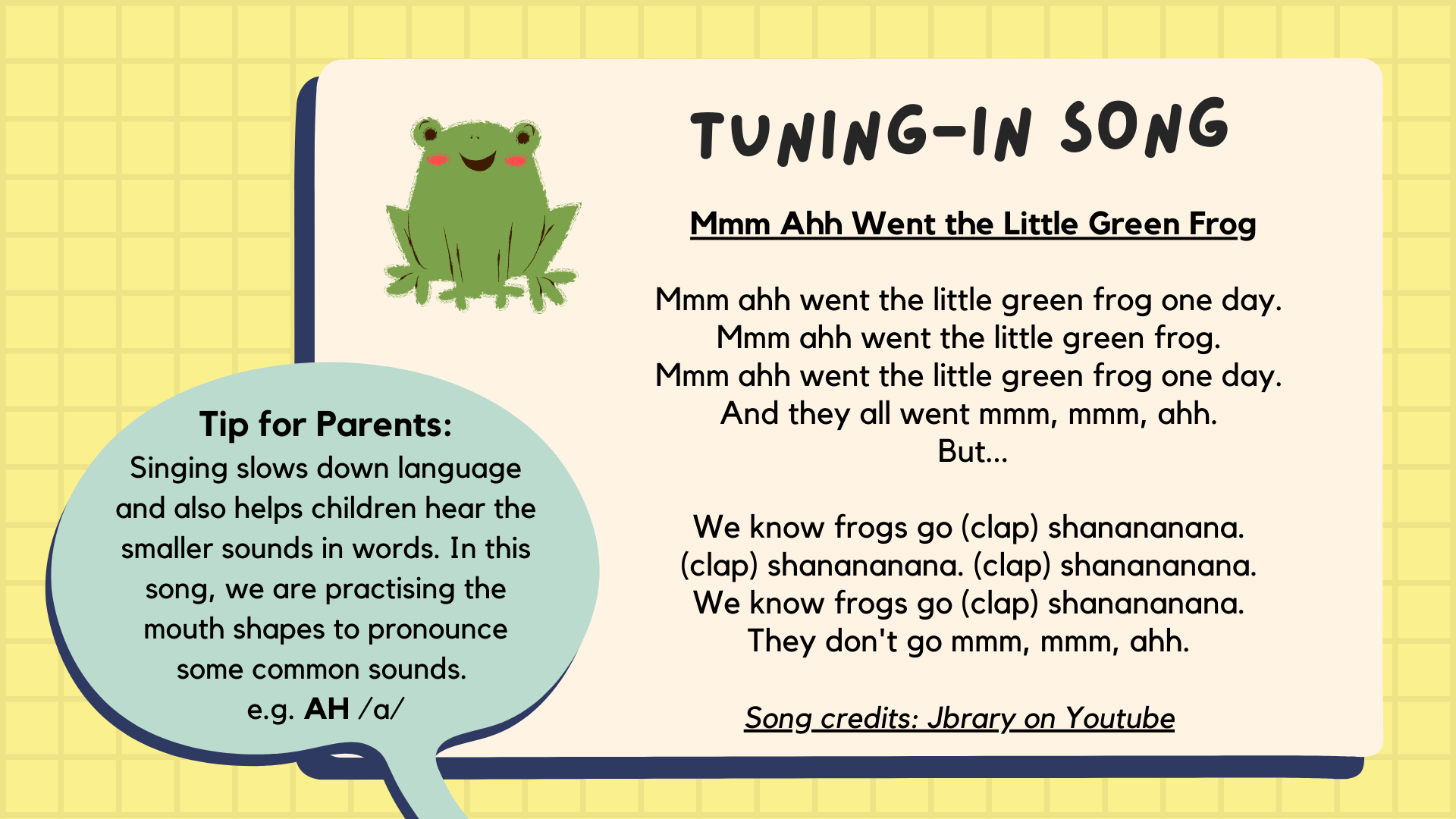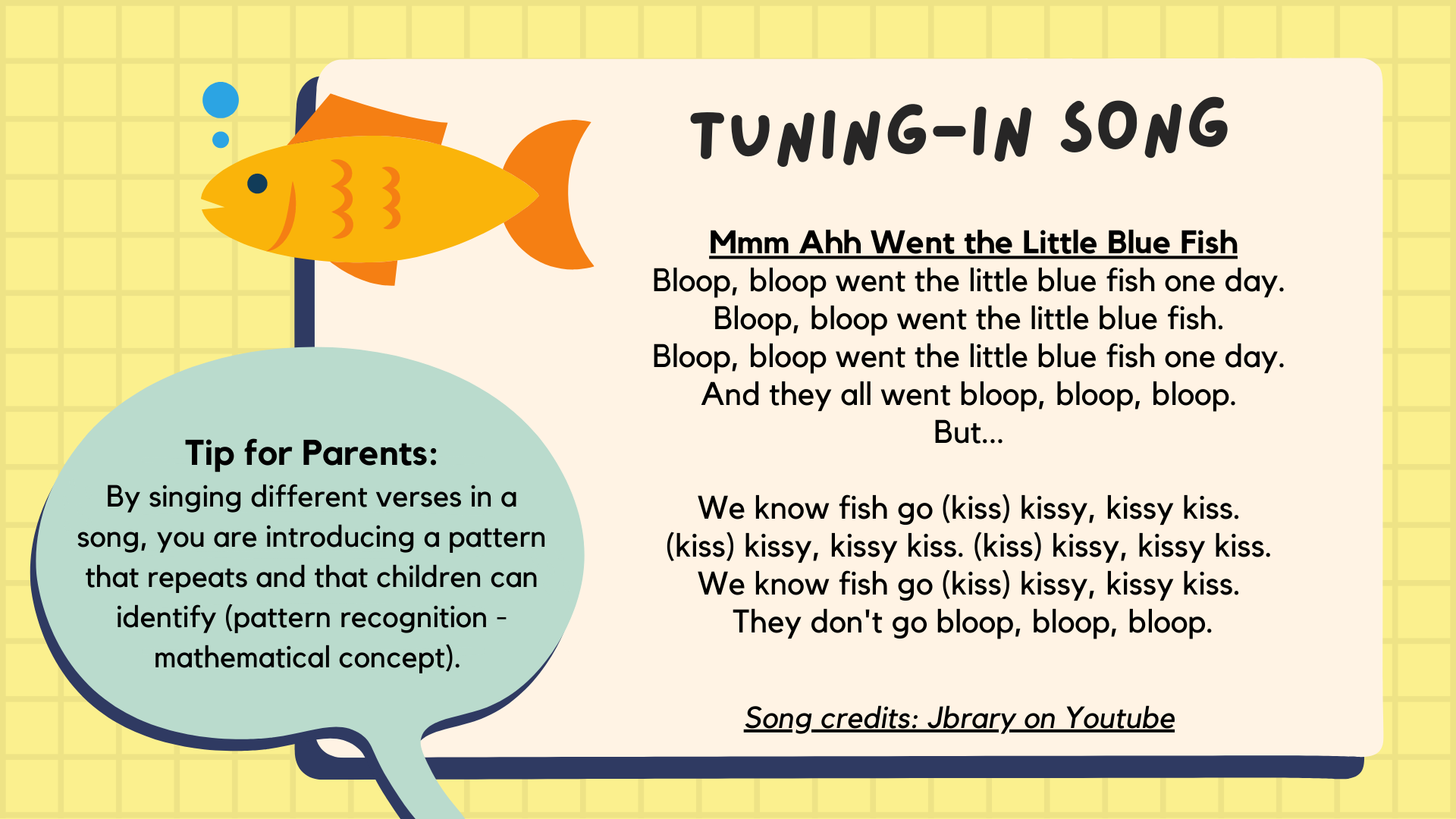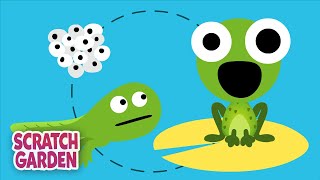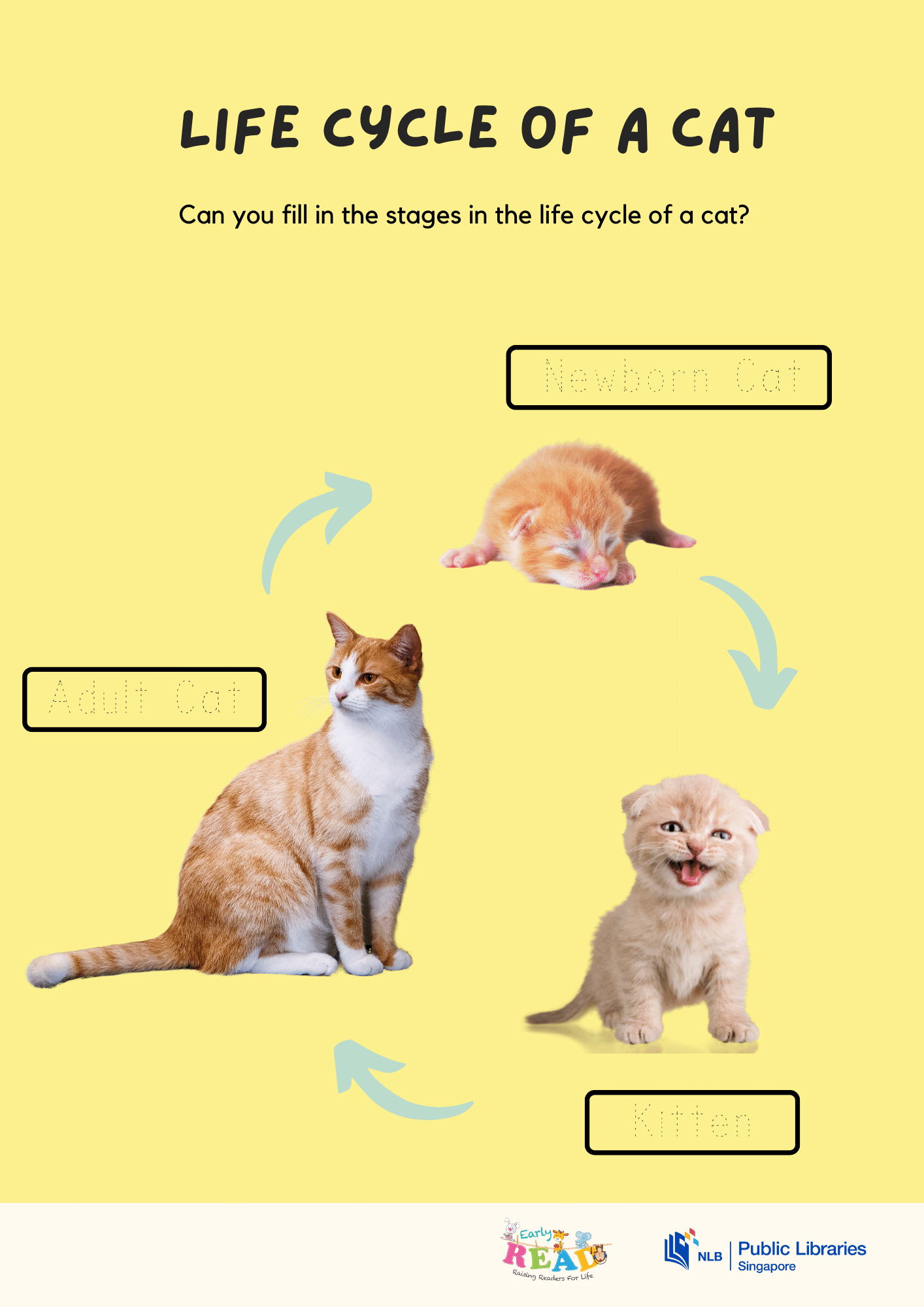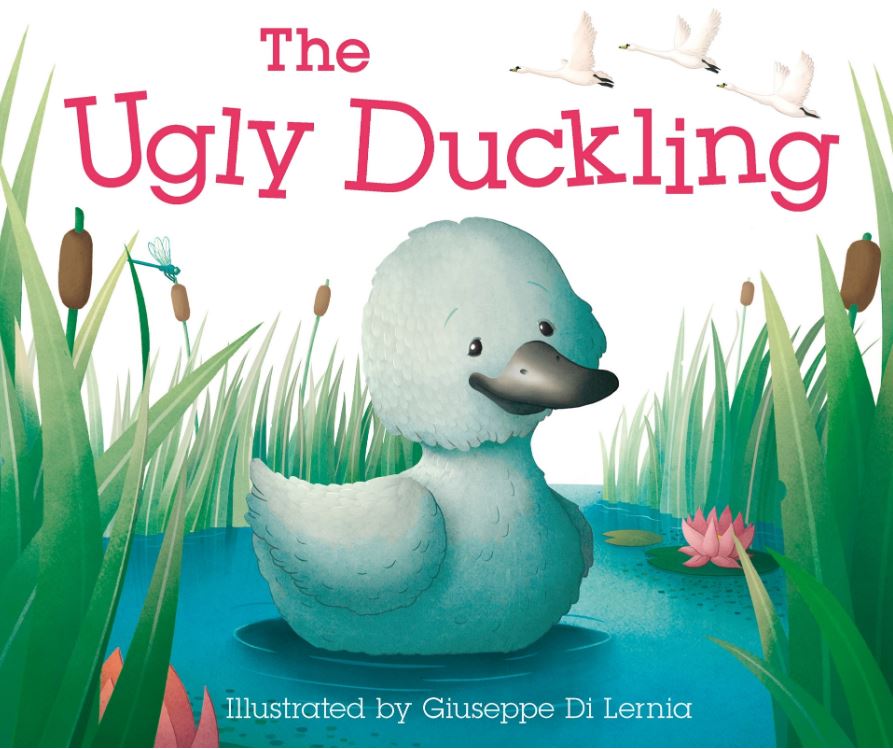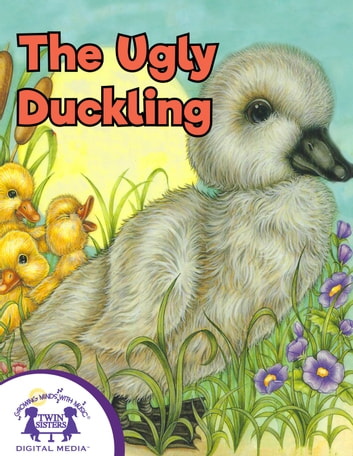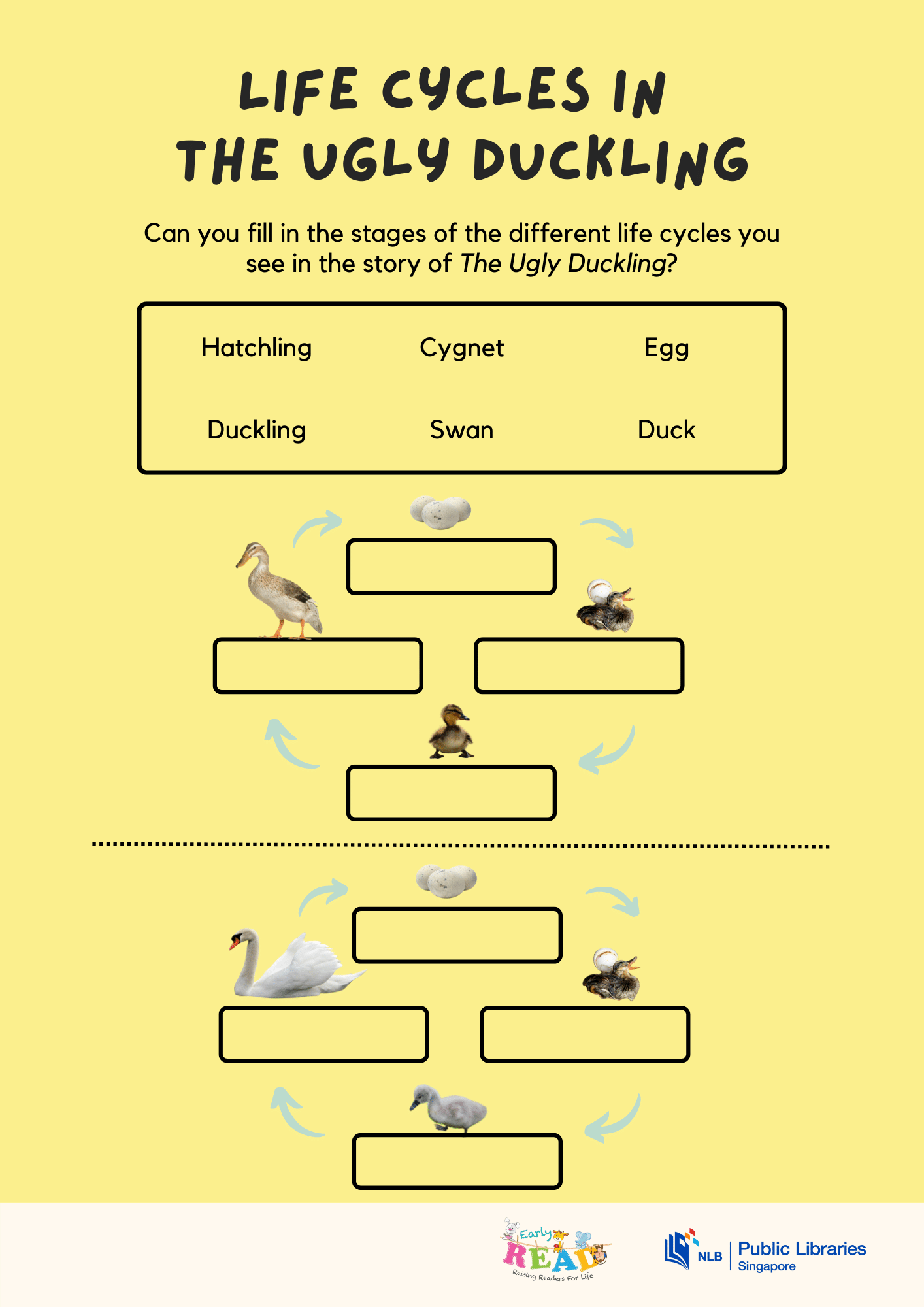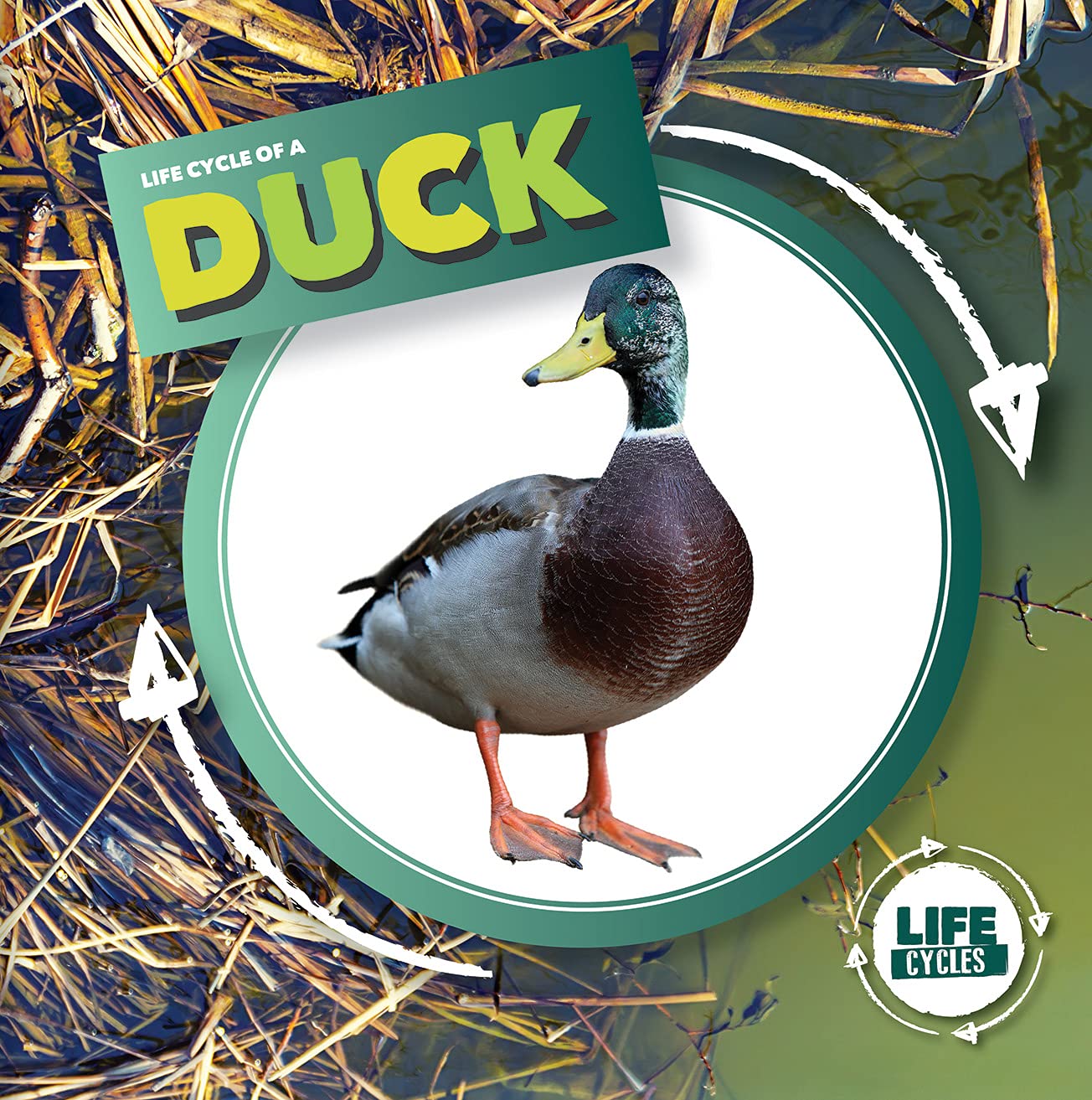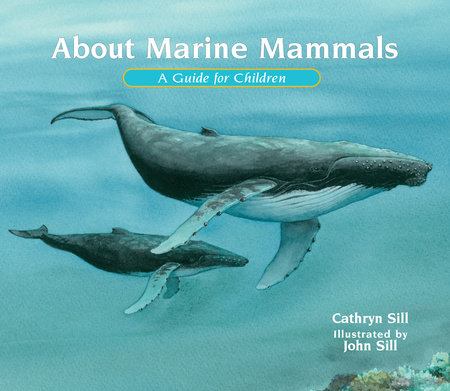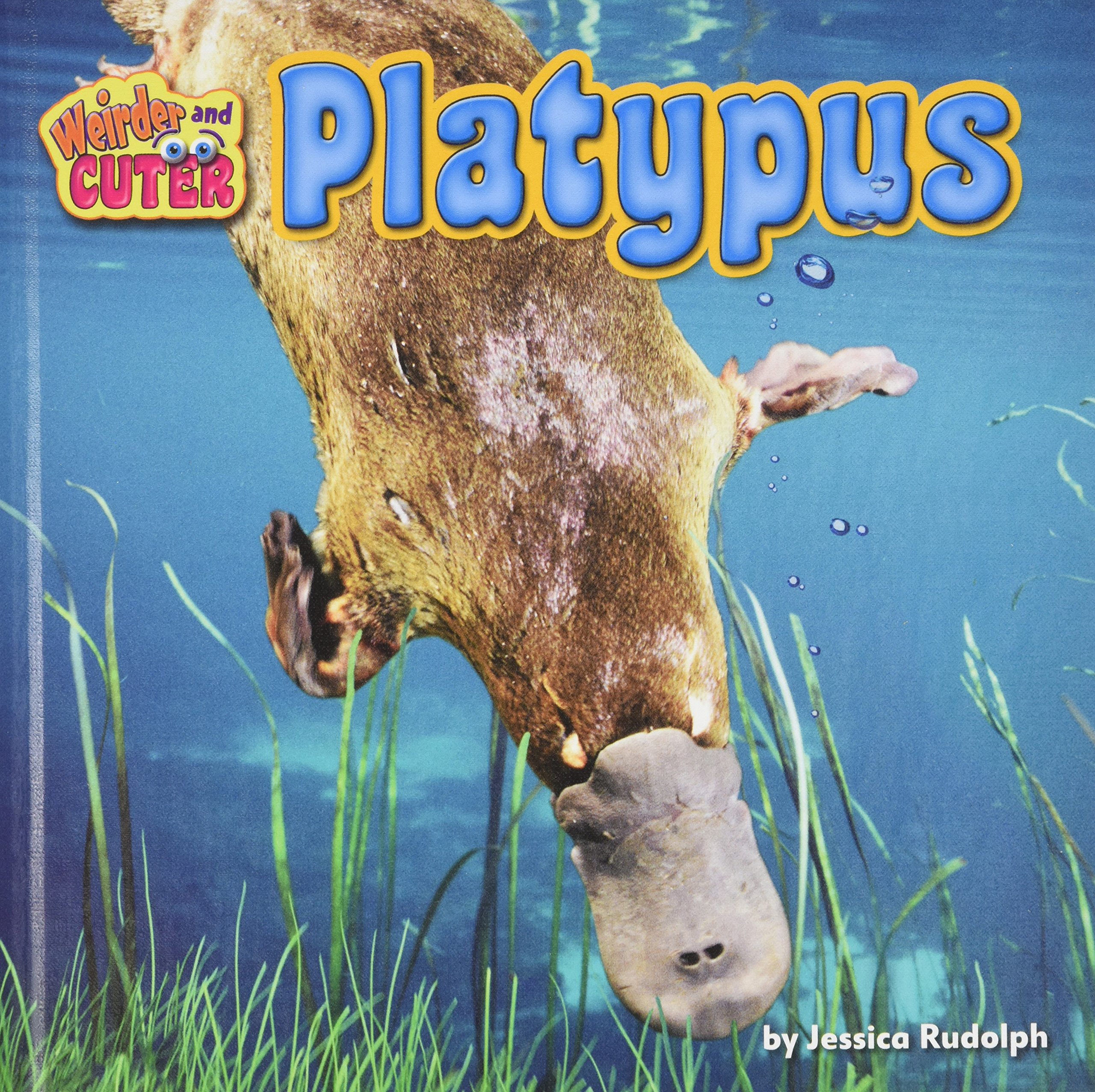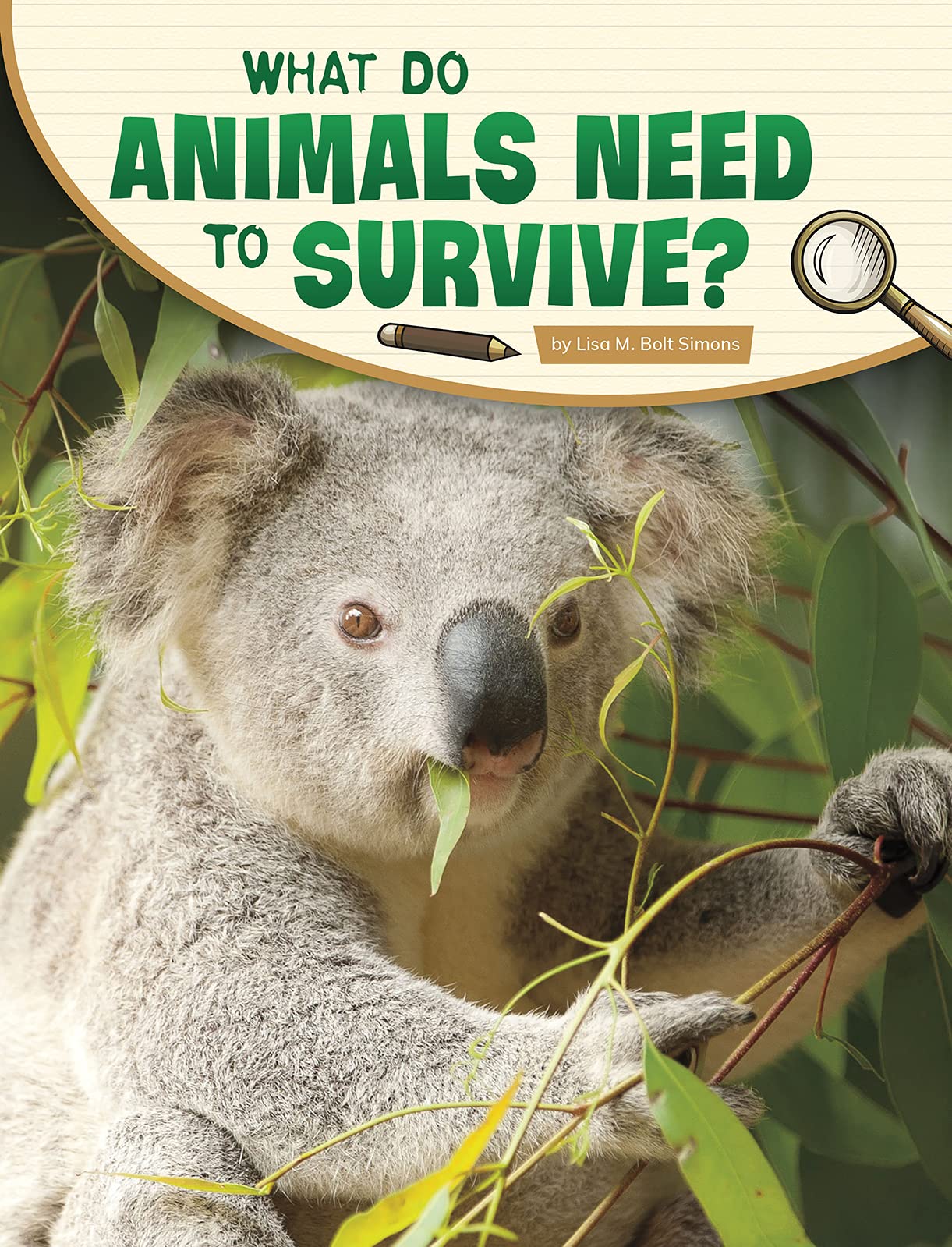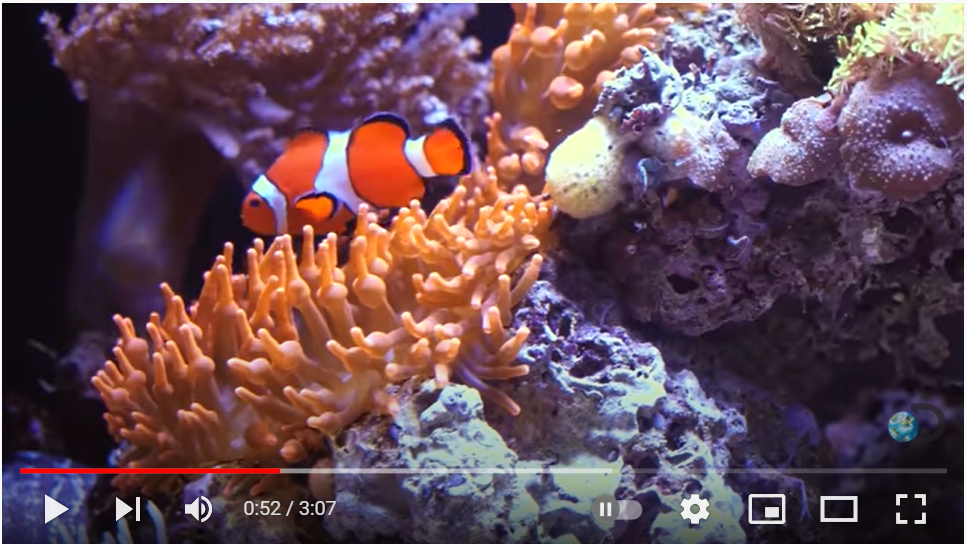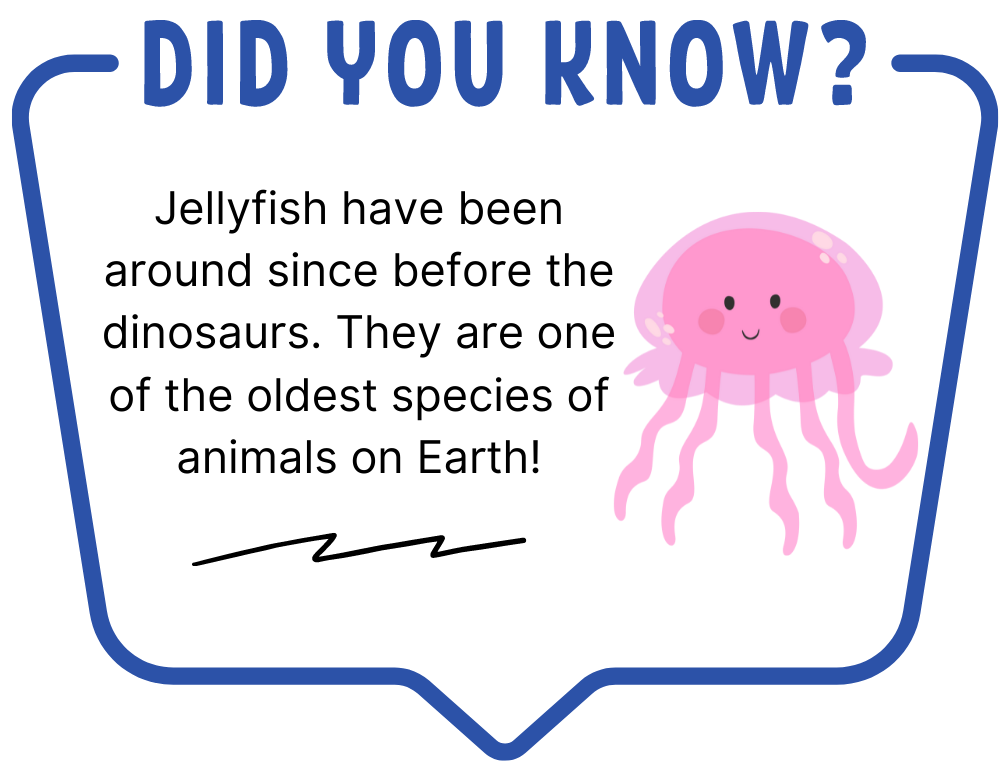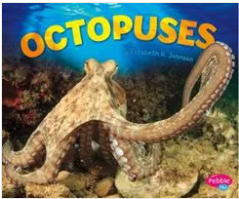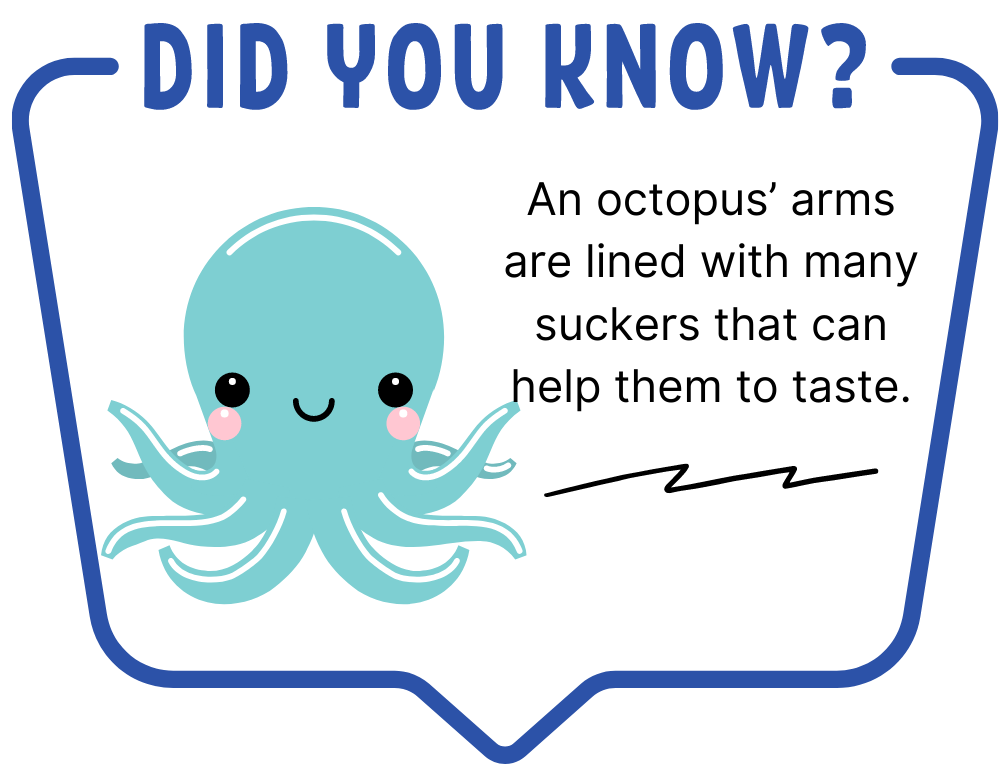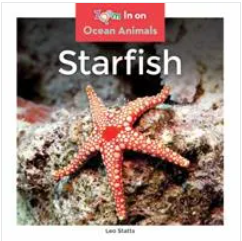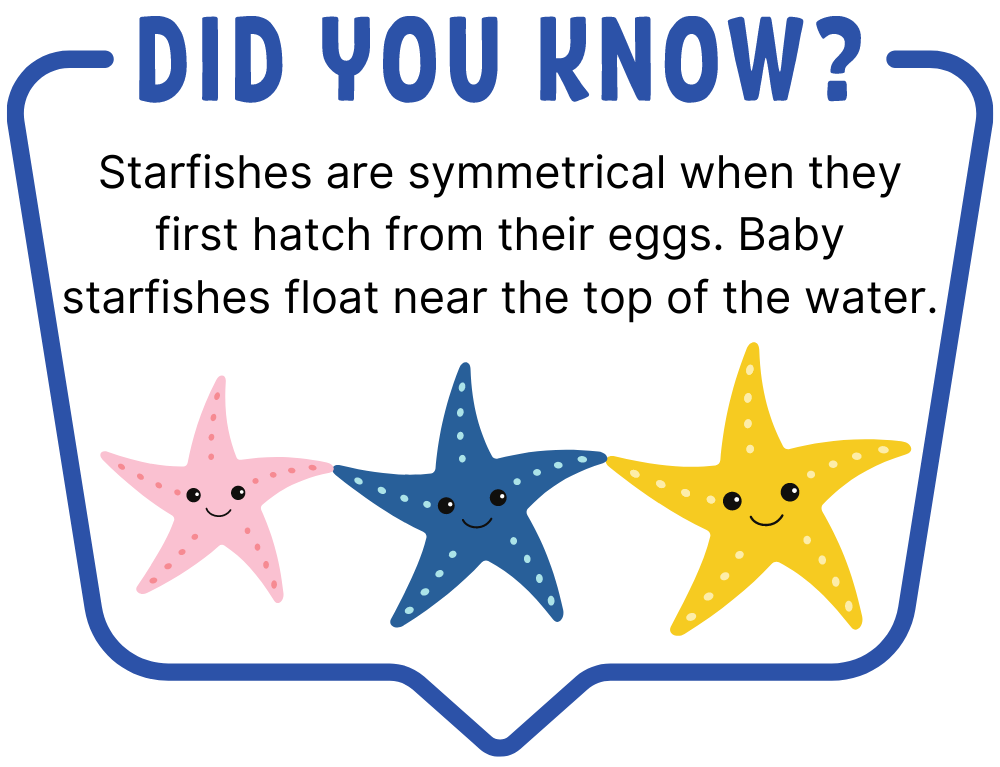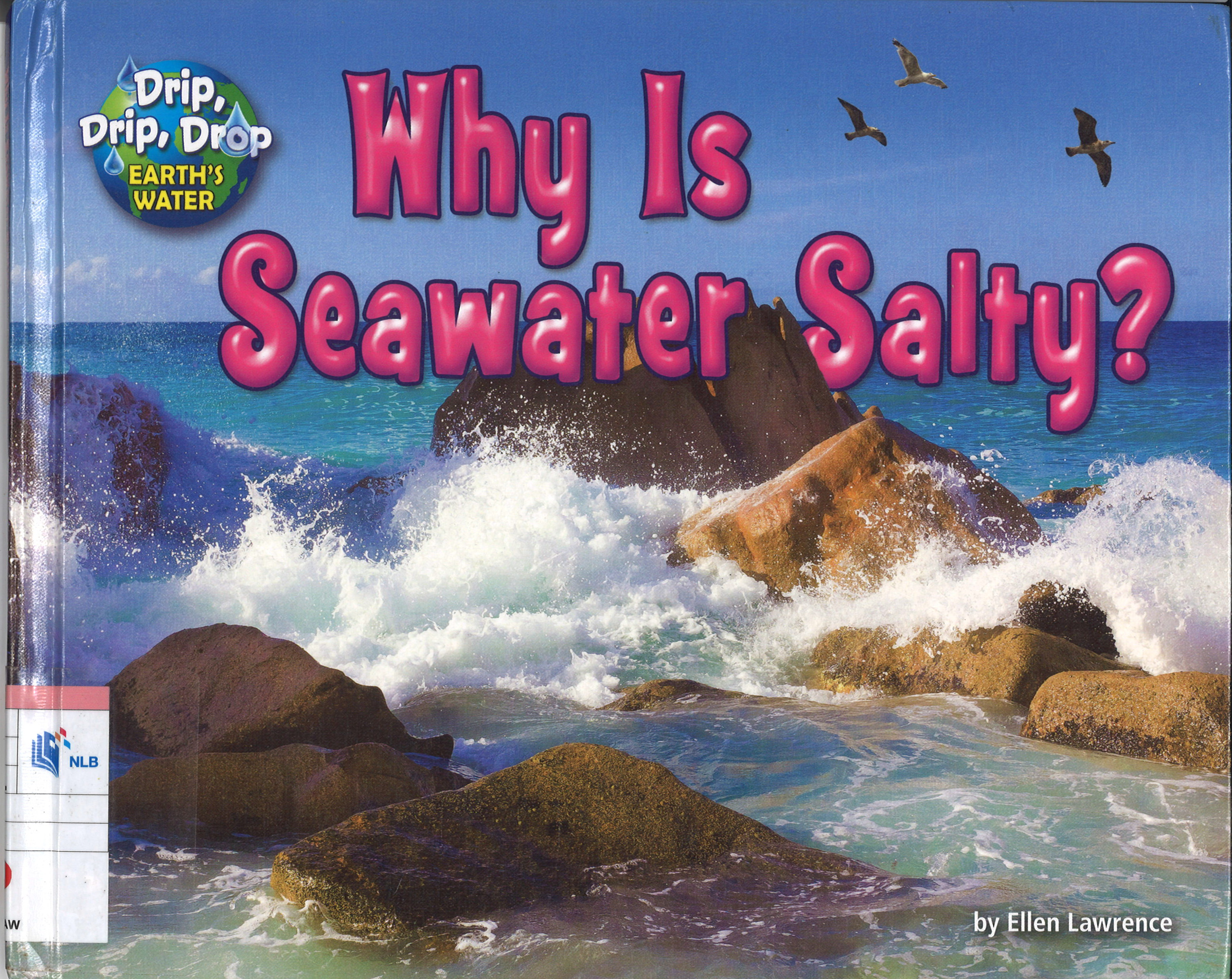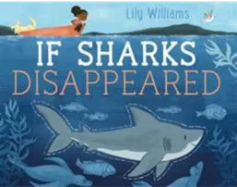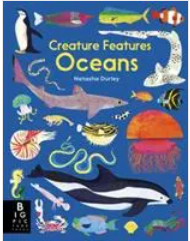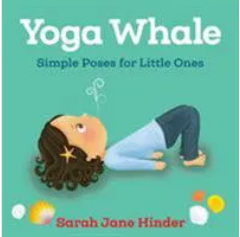The Ugly Duckling
By: Melanie Joyce & Giuseppe Di Lernia (Illustrator)
Publisher: New York : DK Publishing, 2019
Budding Scientists: All About Animals

Click here to go back to Discover Science!
| New! All About Animal Life Cycles | Let’s Learn about Marine Animals |
All About Animals: Animal Life Cycles
Suitable for 3 to 6 years old children
Every living thing goes through a life cycle and your child may start understanding that as they grow! Go on an investigative journey with them to learn about the growth, and development of both familiar and even unfamiliar animals!
LET’S LEARN!
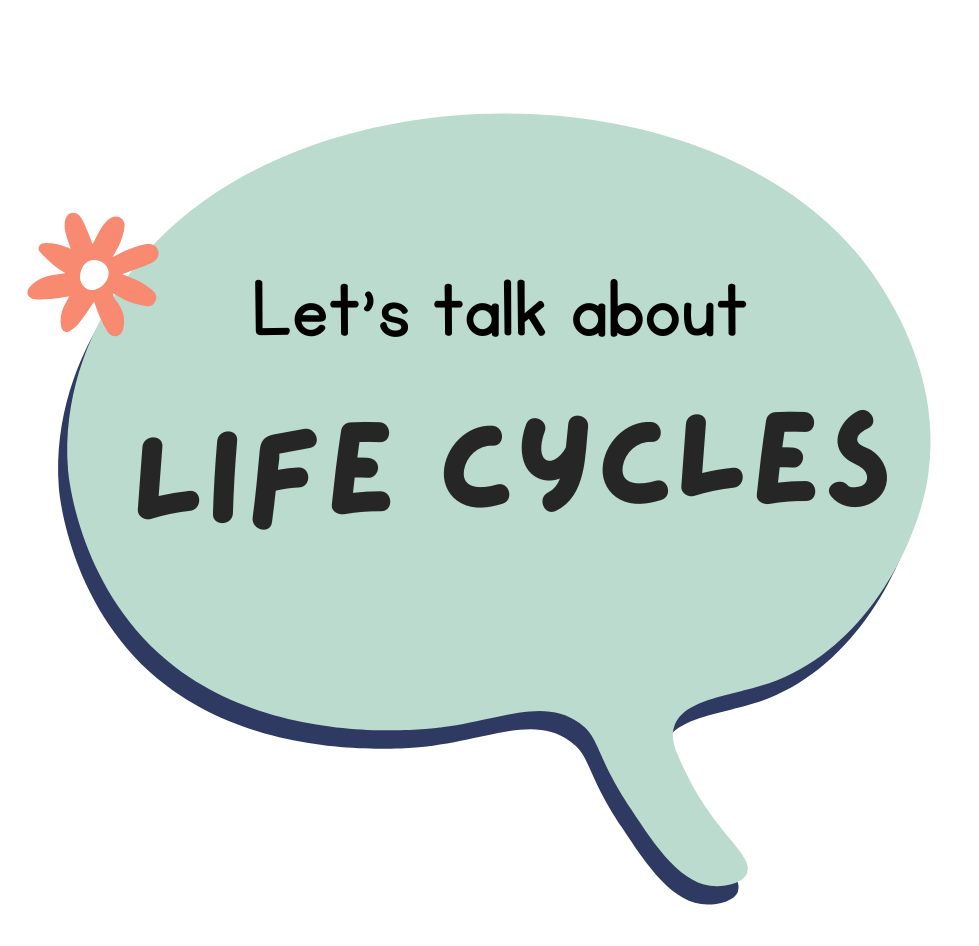
A life cycle is a series of stages a living thing goes through during its life. All plants and animals go through life cycles.
Plant and Animal Life Cycles: Science Lesson for kids: Grades 3-5. Generation Genius. (2021, August 16). Retrieved June 30, 2022, from https://www.generationgenius.com/plant-and-animal-life-cycle-lesson-for-kids/
LET’S SING!
Introduce the theme of animals by beginning with a fun song! Ask your child to think about what sounds animals make and invite them to make some animal noises together.
After this, you may then watch videos or listen to audio recordings of how the animals sound like in real life to pique your child’s curiosity and allow them to make the connections between what they are learning and what happens in real life.
LET'S WATCH!
The Life Cycle Song
The Life Cycle Song | Science Songs | Scratch Garden (3 min 30 secs)
Listen to this catchy, educational song that introduces your child to life cycles in animals!
LET'S TRY!
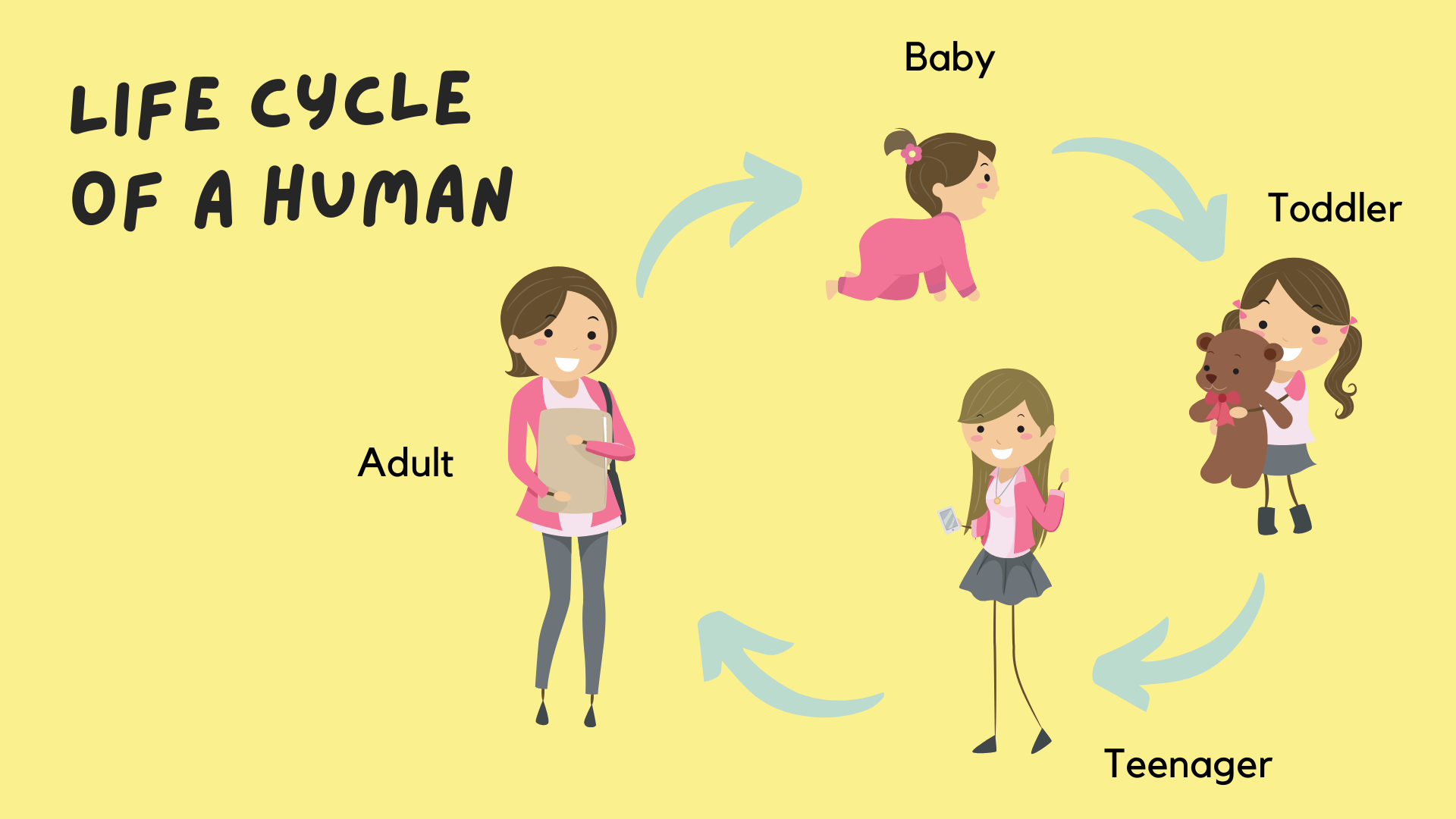
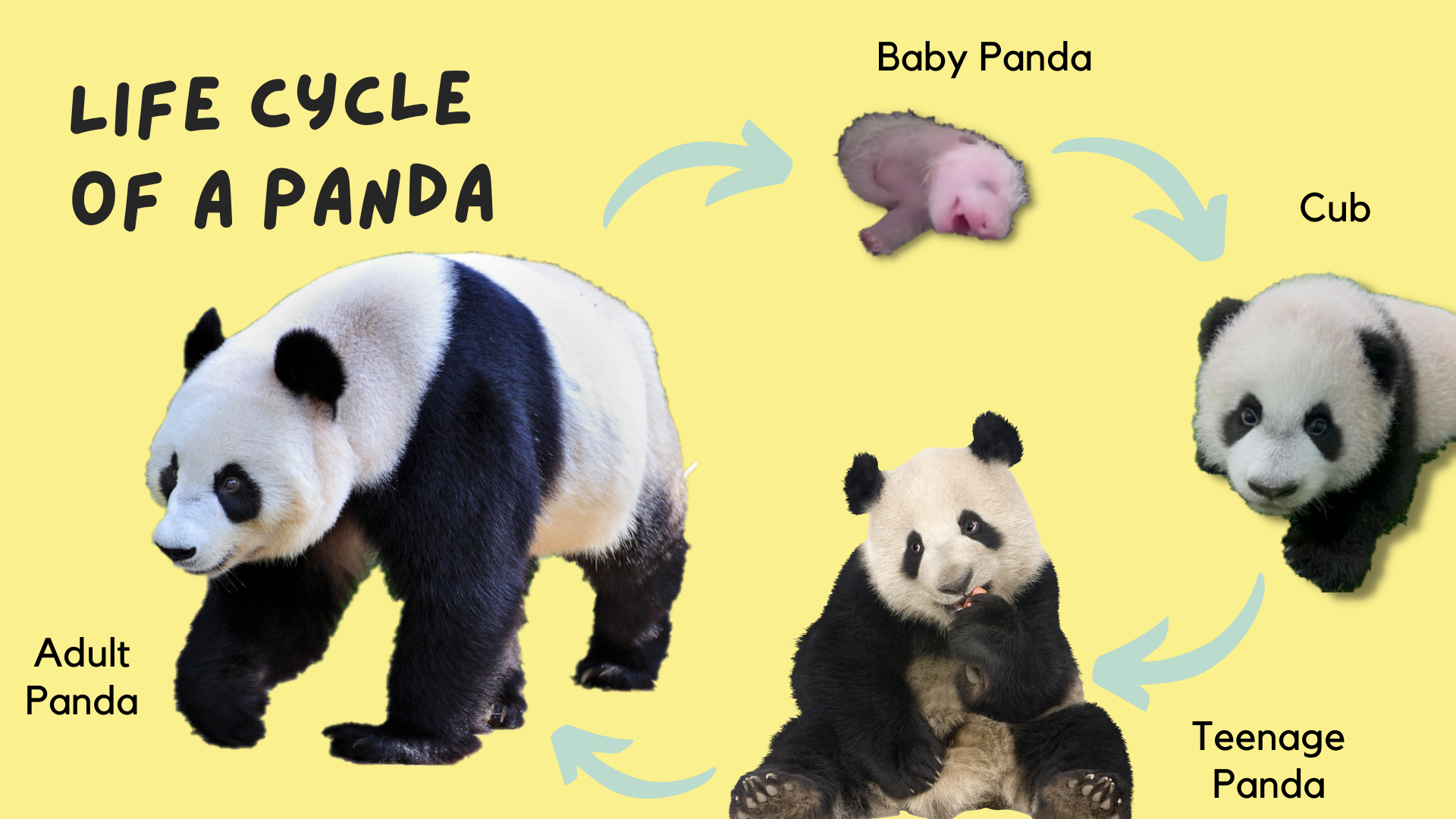
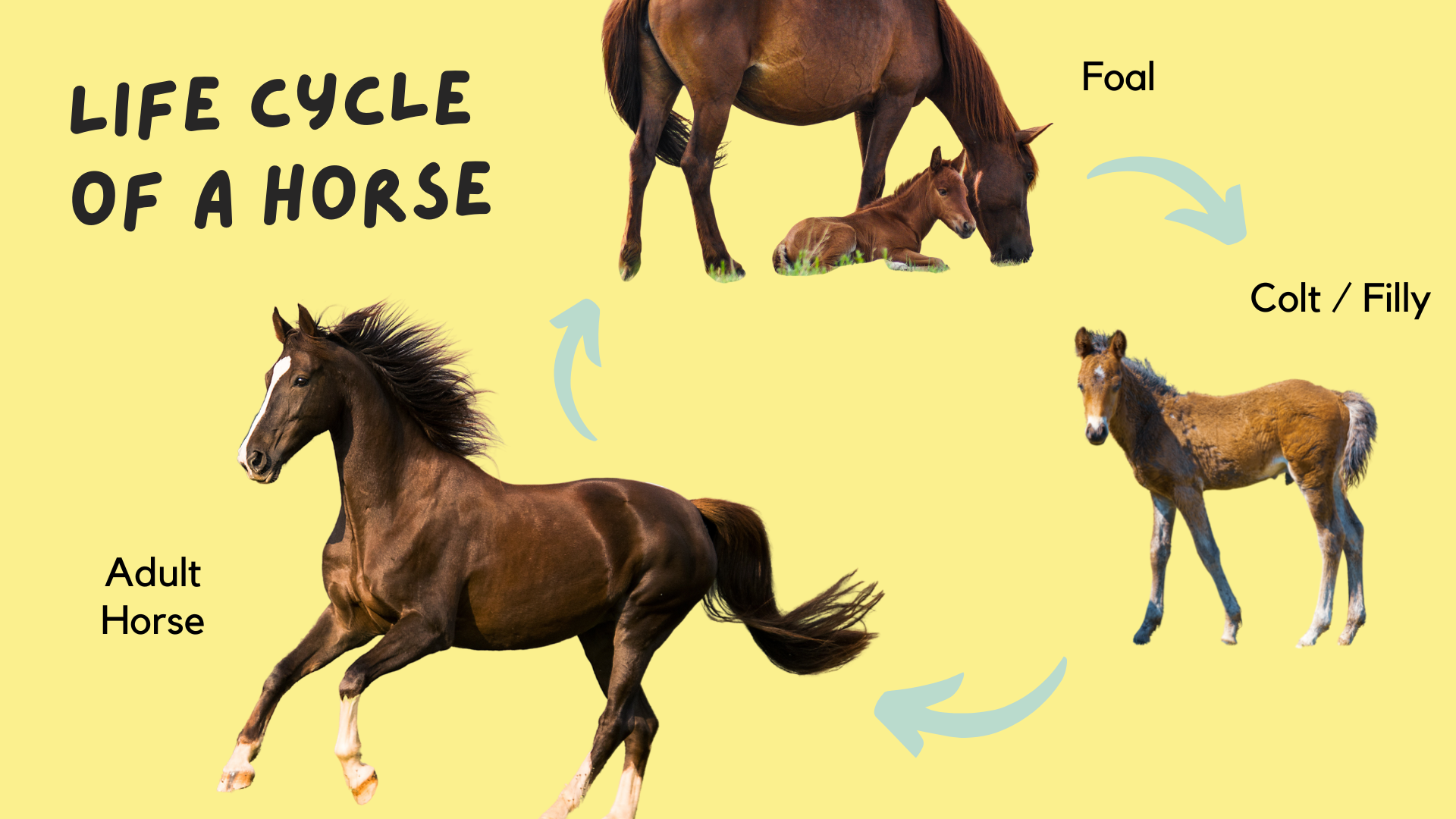
You may use these slides to look at the life cycles of humans, giant pandas and horses together with your child. Ask them:
Hint: Probably a toddler!
Hint: Think about a biCYCLE and its wheels!
Hint: Some animals may have 3 stages in their life cycles, while others may have 4. Are the names of the stages the same for all animals?
Feel free to ask them about their favourite animal and look up the life cycle of that animal together. You can find out more about life cycle of animals from the library’s collection:
Section: Early Literacy Picture Books / Non-Fiction
Call Number: 590s
Tips for Parents:
Allow children to make connections to what they are learning and reading to their own lived experiences. By relating to new information better, they not only better understand it but you can also use opportunities in real life to revise their newfound knowledge! For example, on a walk in the park, ask them what animal can they spot? What do they think their life cycle is?
After that, time to put on our thinking hats! Click on the image for an activity sheet about the life cycle of a cat. Work together with your child to figure out the different stages in the life cycle. Psst, there are some hints on the page!
LET'S APPLY!
Have you heard of the story “The Ugly Duckling”? Here are some books to enjoy this beloved fairy tale with your child! Encourage your child to think about life cycles while reading the book.
After reading the story, have your child try out this activity sheet about the life cycles happening in the story of “The Ugly Duckling”! They might need some help with unfamiliar words so do guide them on how they can look for information through non-fiction books or searching the Internet.
Compare the life cycles between the duck and the cat. What are the differences?
LET'S GET CRAFTY!
Let’s get ourselves familiar with the life cycle of a…butterfly!
Tips for Parents:
Before you start, encourage your child to first find out the different stages in the life cycle of a butterfly through books! They can seek factual answers from non-fiction books.
If these craft materials are not immediately available to you, you may download and print these activity sheets to also fill in the life cycle of a butterfly with your child!

Steps
1. Draw an ‘X’ on the paper plate. There should be 4 segments to represent each stage of the life cycle.
2. Using the crepe paper, cut out the shape of a leaf and stick it on the first slice. Add cotton balls on top of the leaf. Label ‘Eggs’ on the plate rim just above the leaf.
3. Twist a twist wire around a pen to form a caterpillar and stick it onto the segment that is to the right of the eggs stage. Label ‘Caterpillar’ on the plate rim for this stage.
4. Cut a short piece of the twist wire to use as a twig. With a small rectangular slip of crepe paper, twist both ends of the paper to form the chrysalis for this pupa stage. Stick both the twist wire and the crepe paper on the segment to the right of the caterpillar stage. Label ‘Pupa’ on the plate rim accordingly
5. For the last segment, cut a few pieces of different coloured crepe paper to be of the same shape. Using a twist wire, twist it around the centre of the stacked pieces of crepe paper. Stick it on the last empty piece on the plate and label “Butterfly” on the plate rim.
Craft reference: Chelsey. (2020, February 11). Butterfly Life Cycle Paper Plate Craft. Buggy and Buddy. Retrieved June 4, 2022, from https://buggyandbuddy.com/butterfly-life-cycle-craft/
Step 1


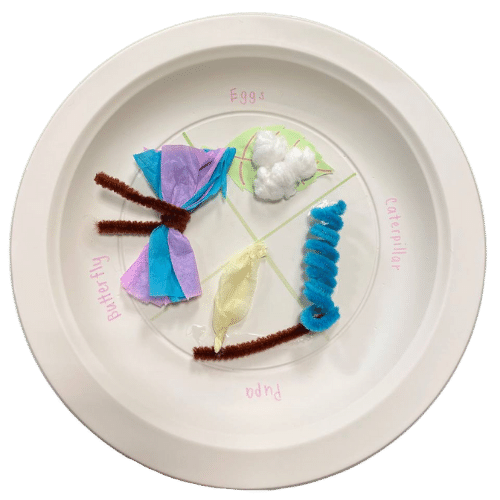
TRY THIS!
Allow your child to pick out their favourite book with an animal as the main character. Show them real images of the animal when it is a baby and when it is a fully grown. Relate these images to the stages of their own life cycle! E.g. A lion cub is like a young human child, while an adult lion is like the fully grown adult parent!
LET'S READ!
Life Cycle of a Duck
By: Kirsty Holmes
Publisher: New York, NY : KidHaven Publishing, an imprint of Greenhaven Publishing, LLC, 2022
All book covers are copyright of the respective publishing companies.
All About Animals:
Let’s Learn about Marine Animals
Suitable for 4 to 6 years old
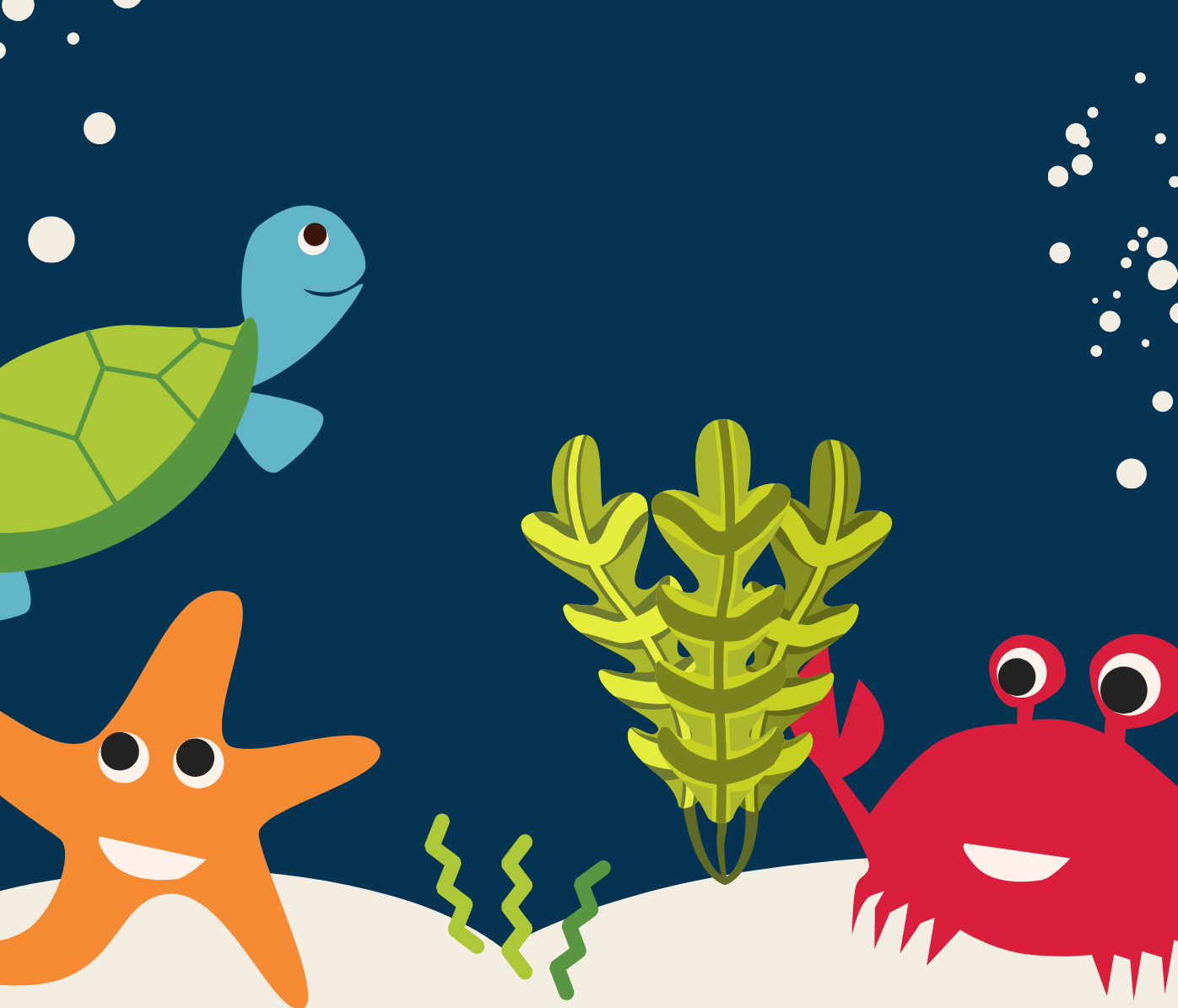
The ocean is home to thousands of different marine animals, such as clownfishes, sharks, whales, dolphins and many more.
In addition, they come in all shapes and sizes, and have developed special features that enable them to survive underwater. Ever wondered what is the living habitat like for these marine animals? Let’s read on to find out more!
LET'S SING!
Tuning-in Song: One, Two, Three, Four, Five, Once I Caught a Fish Alive
A tuning-in song is a simple activity that introduces children to new concepts. In this tuning-in song, children can recognise the patterns in rhymes and associate the words with the corresponding actions. You can also let your child choose their favourite marine animals to incorporate into the song. This encourages them to be creative as they sing along to the tune.
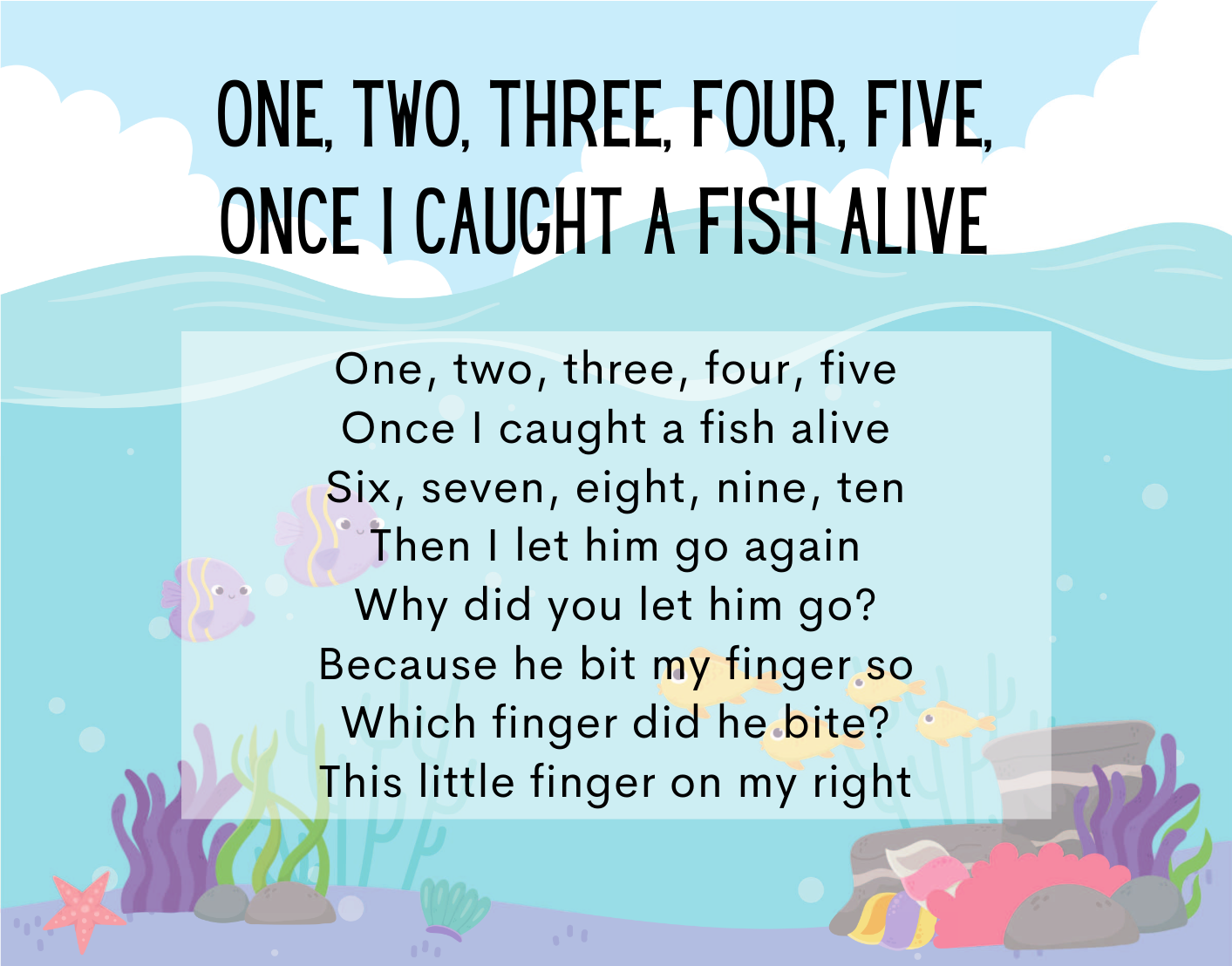
LET'S LEARN!
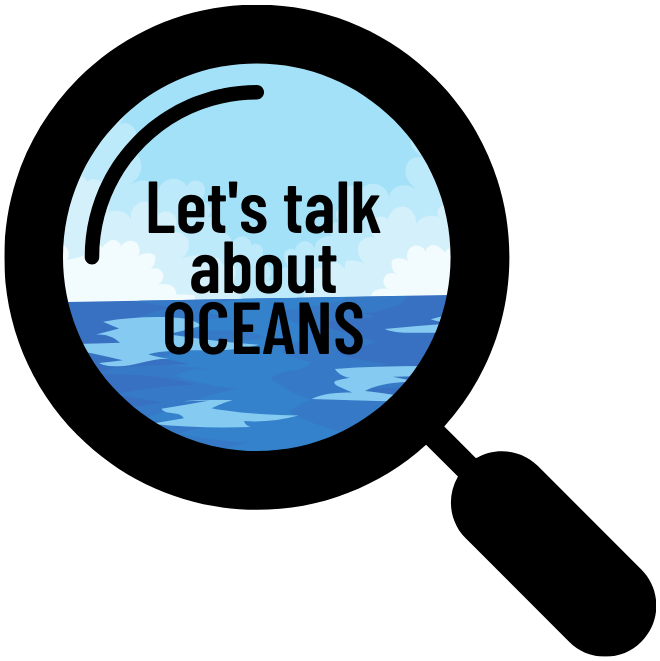
Did you know that the water covers approximately 71% of the Earth's surface? Out of which, 98% of the water on Earth belongs to the ocean! You can find the Pacific Ocean, the Atlantic Ocean, the Indian Ocean, the Arctic Ocean, and the Southern Ocean on the world map. They are all connected as one ocean and water flows freely between them.
LET'S PLAY!
We have included a world map activity sheet. Have your child write the names of the oceans as you share the fun facts below. Through this activity, your child can see how the 5 oceans are connected.
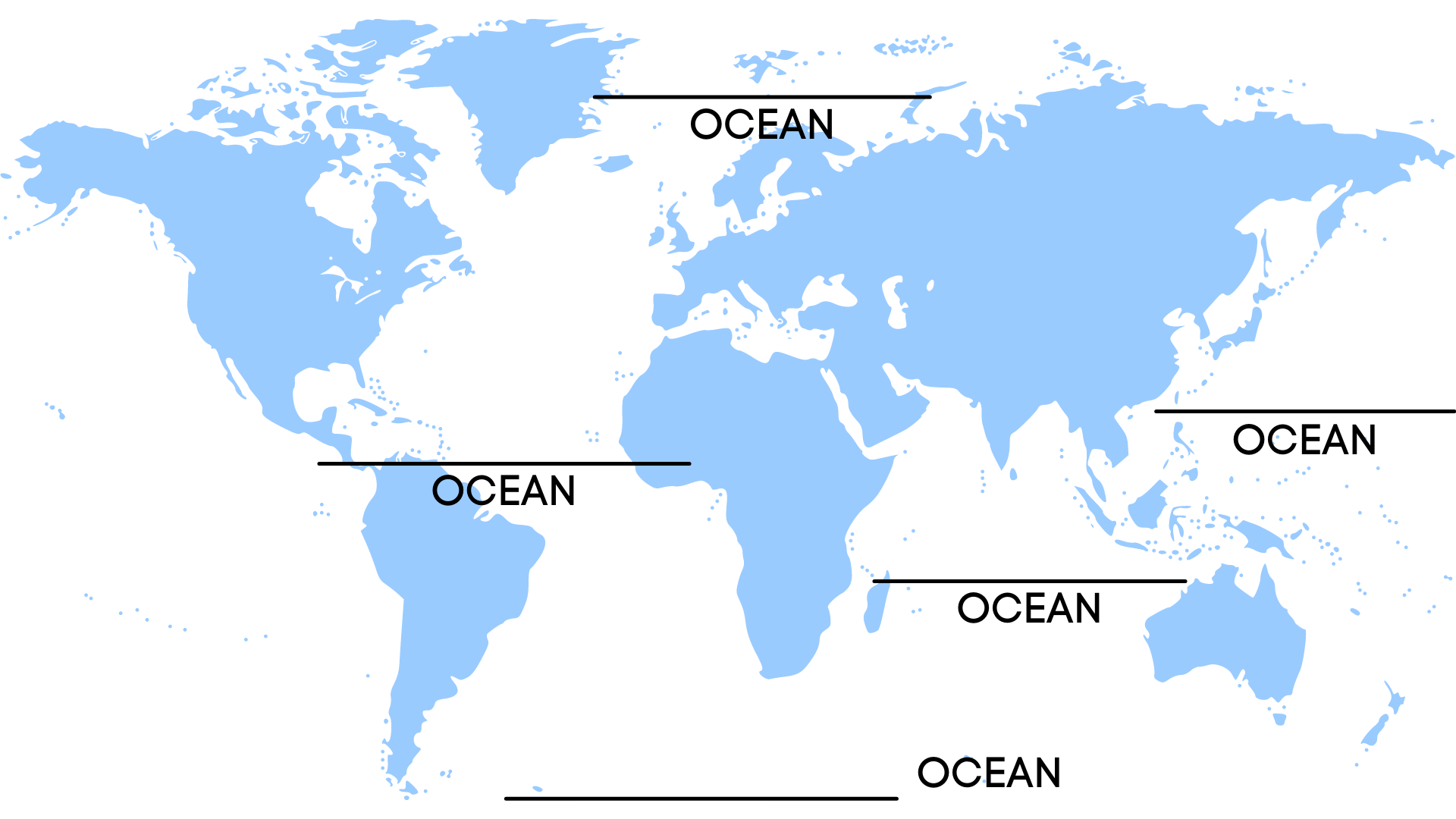
Below is the answer sheet for the world map activity sheet.
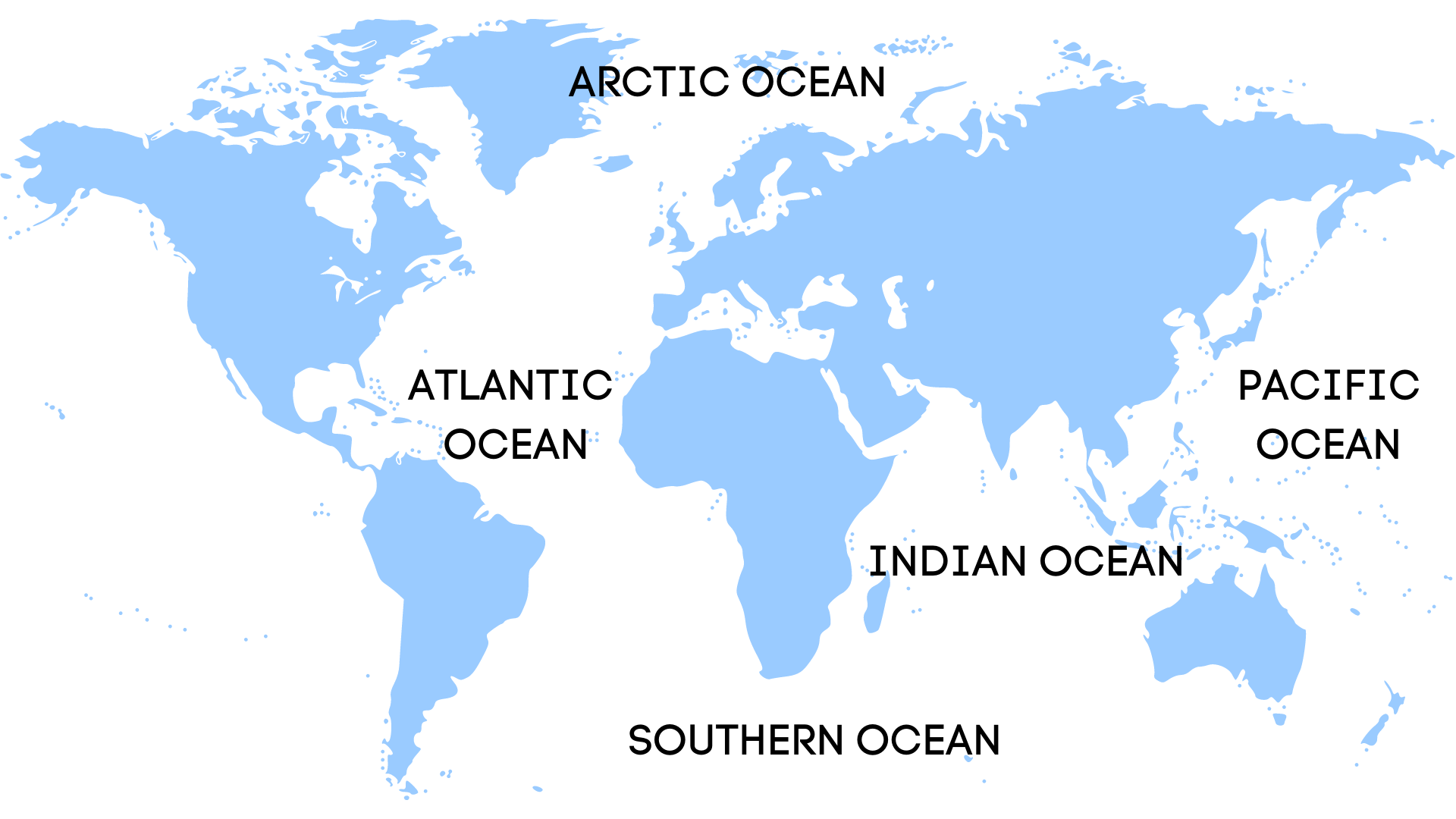
(Encyclopedia Britannica, inc. (n.d.). Ocean. Encyclopedia Britannica. Retrieved December 30, 2021, from https://kids.britannica.com/kids/article/ocean/346185 )
Fun Facts
The water in the ocean contains large amounts of salt. You may wonder, how is the ocean so salty? This is because there is salt in the rocks found on land. When rain falls, the rainwater erodes the rocks, and the salt particles are transported to rivers and streams before reaching the ocean. This process makes the ocean salty.
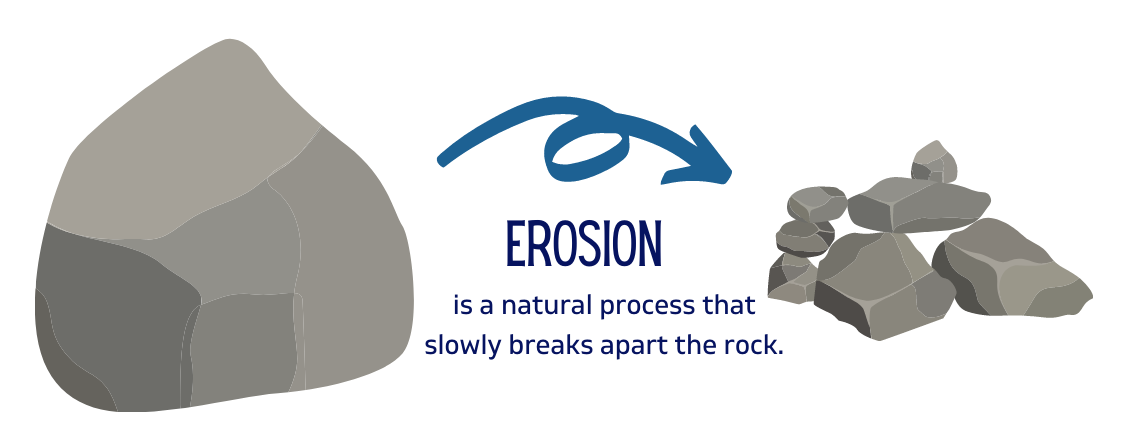
Mocomi Kids. (2019). Why Is The Sea Salty - Curious Questions with Answers | Educational Videos by Mocomi Kids. YouTube. Retrieved December 30, 2021, from https://www.youtube.com/watch?v=1qbUUGguJjE )
LET'S THINK!
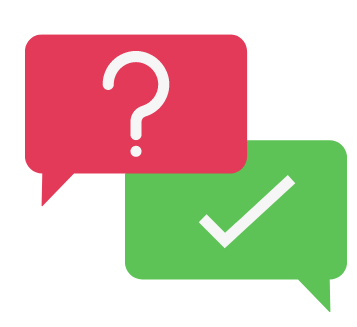
Do you think we can drink seawater (i.e. the water from the ocean)? Why?
If you drink seawater, these salt particles will get absorbed into our blood and flow through our body. Our body cannot get rid of the salt particles and this can cause our body to feel dehydrated, or extremely thirsty.
Water Q&A: Why can't people drink seawater?. Water Q&A: Why can't people drink seawater? | U.S. Geological Survey. (n.d.). Retrieved December 30, 2021, from https://www.usgs.gov/special-topic/water-science-school/science/water-qa-why-cant-people-drink-seawater
)
LET'S LEARN!
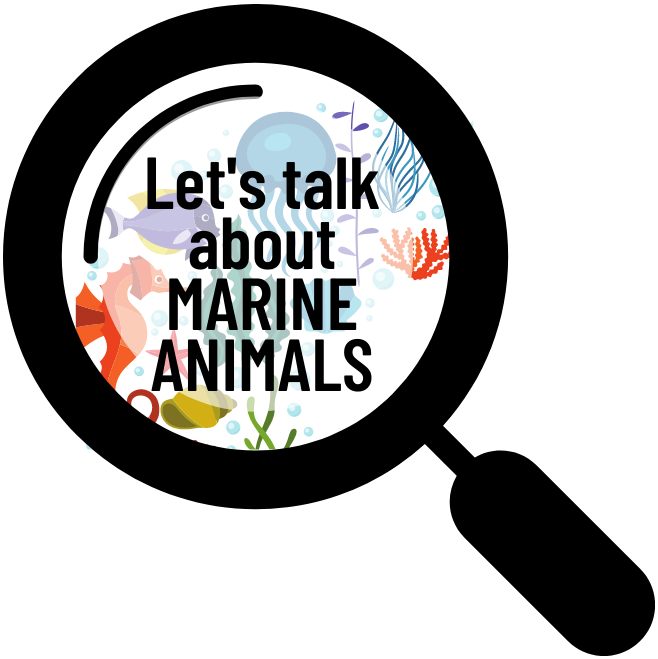
The ocean is home to many marine animals (such as whales, sharks, jellyfishes, starfishes, octopuses, etc). Although there is a high concentration of salt in the ocean, these animals have developed ways to cope and remove excess salt from their bodies so they can survive in the ocean.
How sea animals keep salt out of their system: AMNH. American Museum of Natural History. (n.d.). Retrieved December 30, 2021, from https://www.amnh.org/exhibitions/water-h2o-life/life-in-water/surviving-in-salt-water
)
LET'S WATCH!
Under the Sea: Ocean Animal Moves (3min 07 secs)
Watch how different marine animals swim, jump and scurry. Can you move like them?
Tips for Parents:
As you watch the video with your child, try asking them open-ended questions about what they are seeing on screen e.g. How do fishes swim in water?
By allowing your child to hypothesise and formulate answers based on their observations, your child can exercise their creativity, develop their process-thinking skills, and build up a wider range of vocabulary with your help!
LET'S READ!
All book covers are copyright of the respective publishing companies.
LET'S CRAFT!
Paper Plate Aquarium
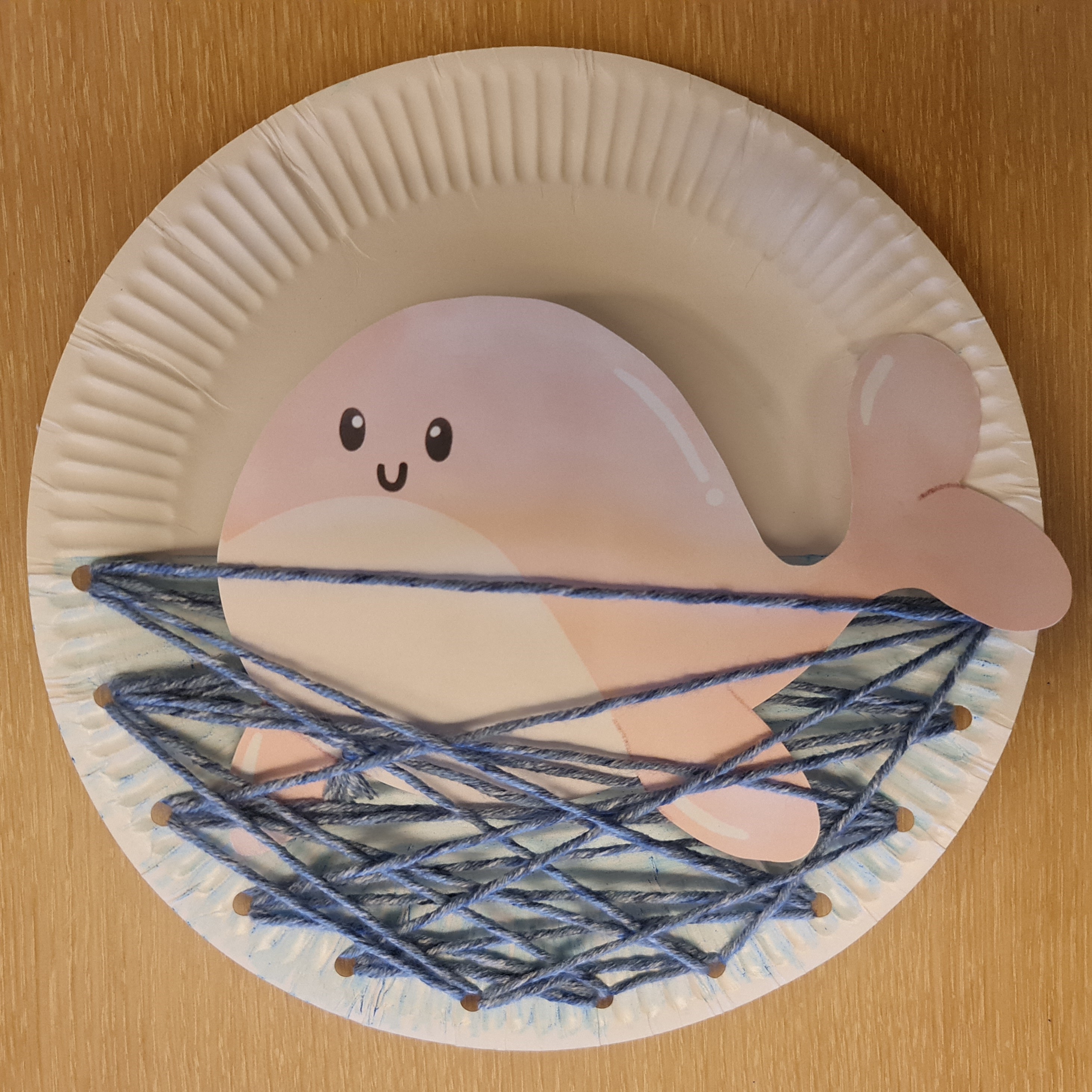
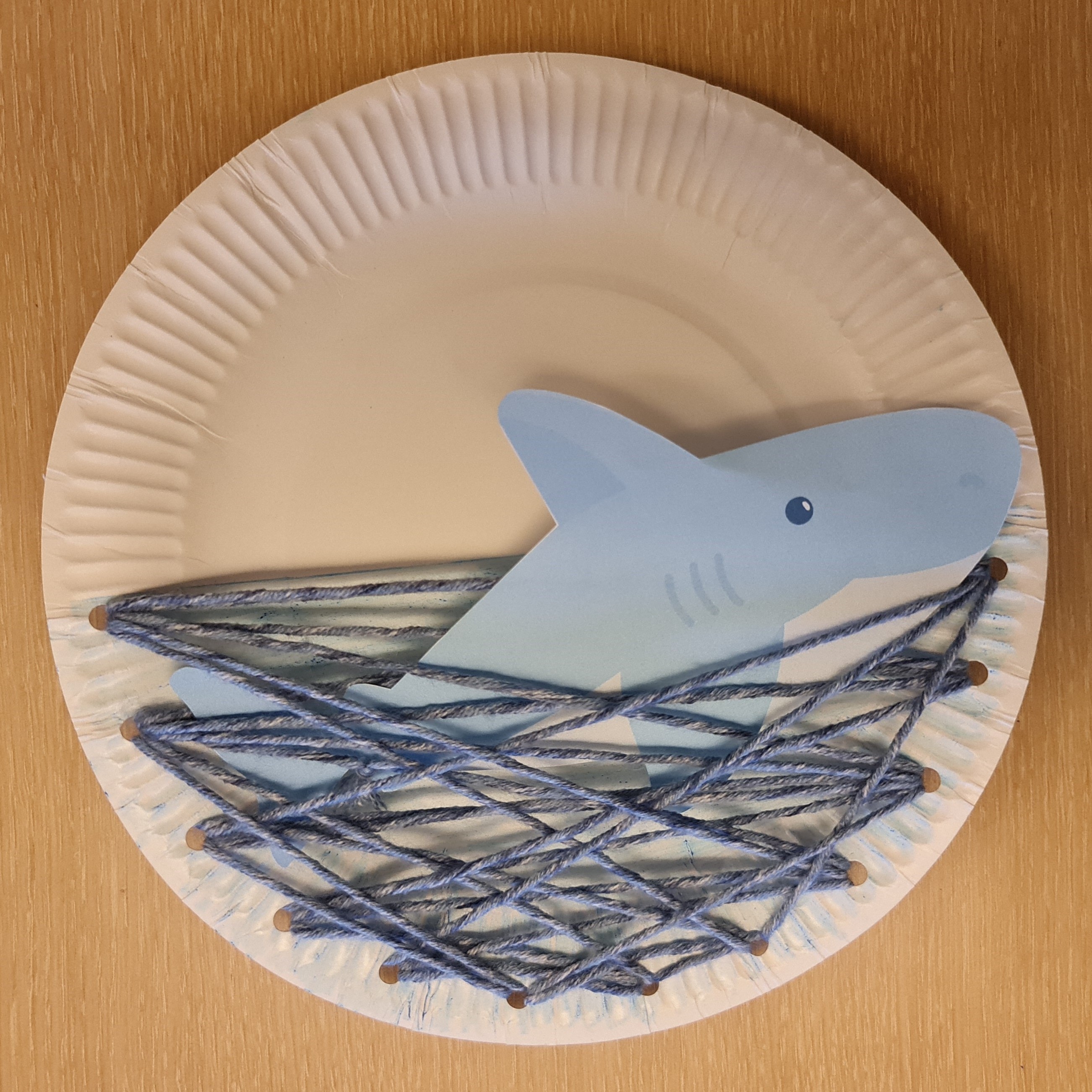
Let’s make a sea aquarium habitat with your child! This crafting activity is simple and requires materials that can be found around the house.
Materials required:
1. One paper plate
2. Crayons / colour pencils
3. Googly eyes / black marker (optional)
4. Hole puncher
5. Yarn / string (preferably blue)
6. Marine animals template (to print)
7. A pair of scissors
8. Tape
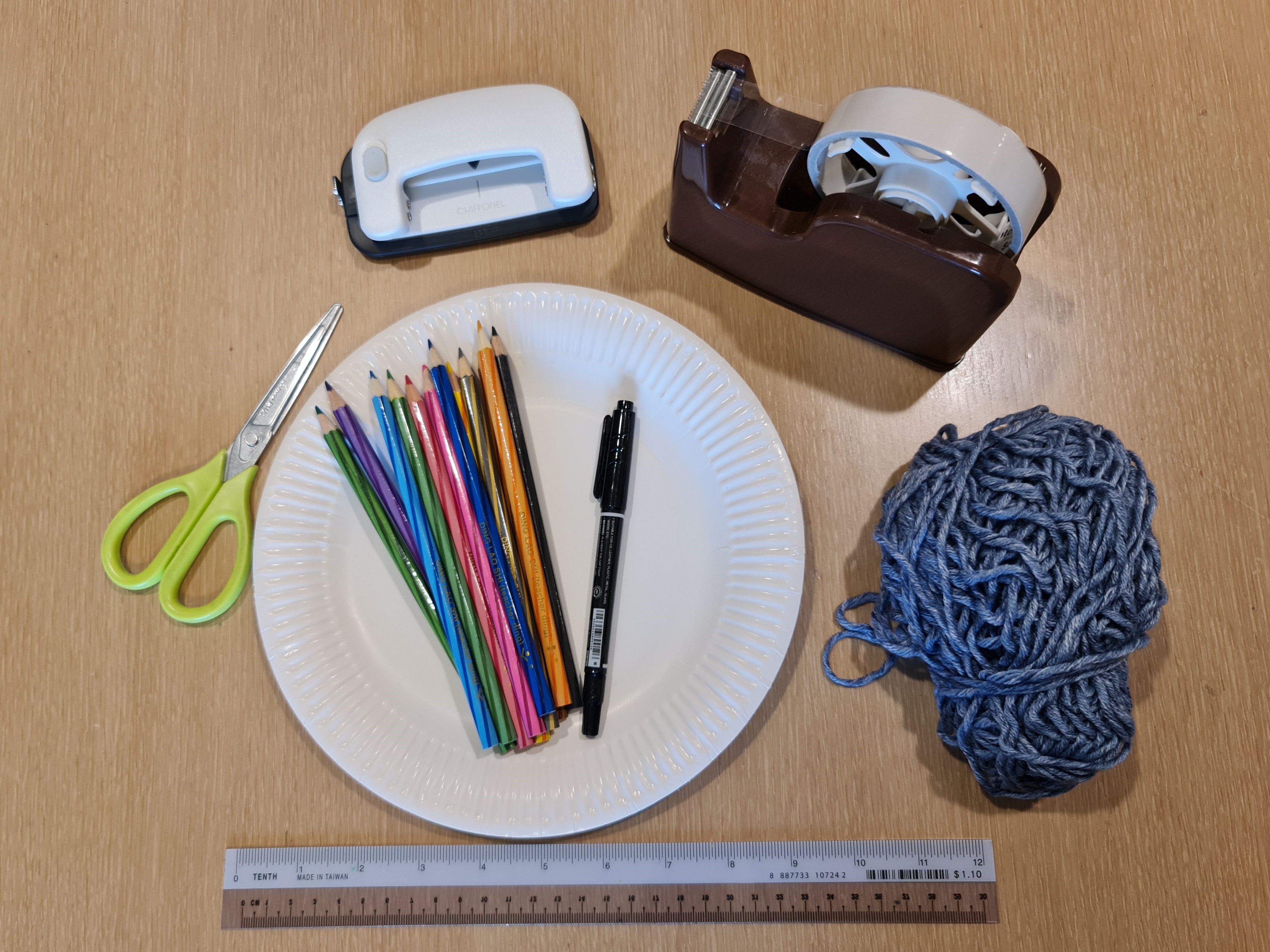
Download the instructions below to help you make the Paper Plate Aquarium!
Instructions for Paper Plate Aquarium
The sea aquarium habitat is now ready to welcome the marine animals!
Tips for Parents:
Do allow your child to colour the paper plate in other colours. Encourage them to use their creativity to decorate the paper plate. This activity gives your child an opportunity to express their ideas and help boost their confidence in making their own decisions.
LET'S TRY THIS AT HOME!
It Is Time for Yoga
Check out this link for the different yoga poses based on the marine animals. Let's have some fun and stretch your body!
Disclaimer: Please try out these poses under strict adult supervision and ensure that your bodies are not pushed beyond their limits.
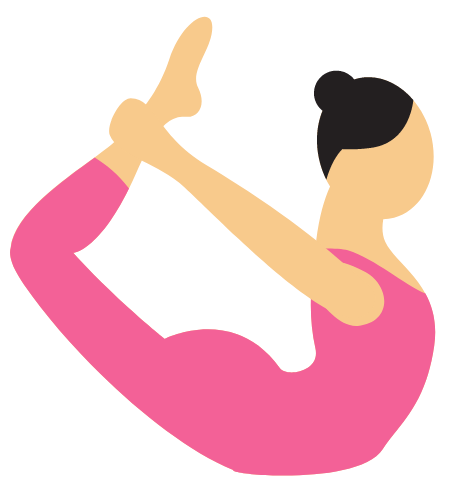
Whale pose (Bow Pose): Bend your back and catch your legs to form an arching whale!
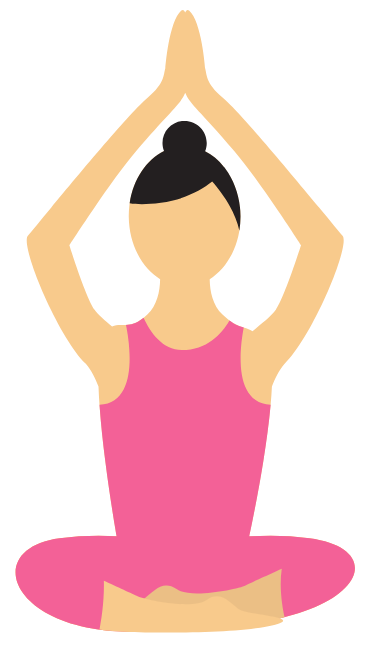
Pufferfish pose (Salutation Seal Pose): With your hands raised and seated in a cross-legged position, practice deep breaths and let your cheeks puff up like a pufferfish when you inhale!
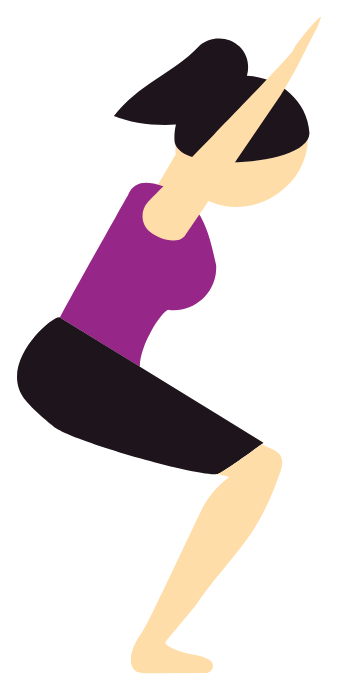
Seahorse pose (Chair Pose): Reach high above your head while bending your knees slightly. Turn your body into the shape of a seahorse!
Tips for Parents:
Yoga is a fantastic parent-child bonding activity that can help improve your child's gross motor skills as well as strengthen the muscles in their body. Linking vocabulary (names of animals) to specific yoga poses is also a great way to reinforce and remember new words!
LET'S READ MORE!
Why is seawater salty?
Author: Ellen Lawrence and Shawn W. Wallace
Publisher: New York, New York : Bearport Publishing, 2016
All book covers are copyright of the respective publishing companies.


